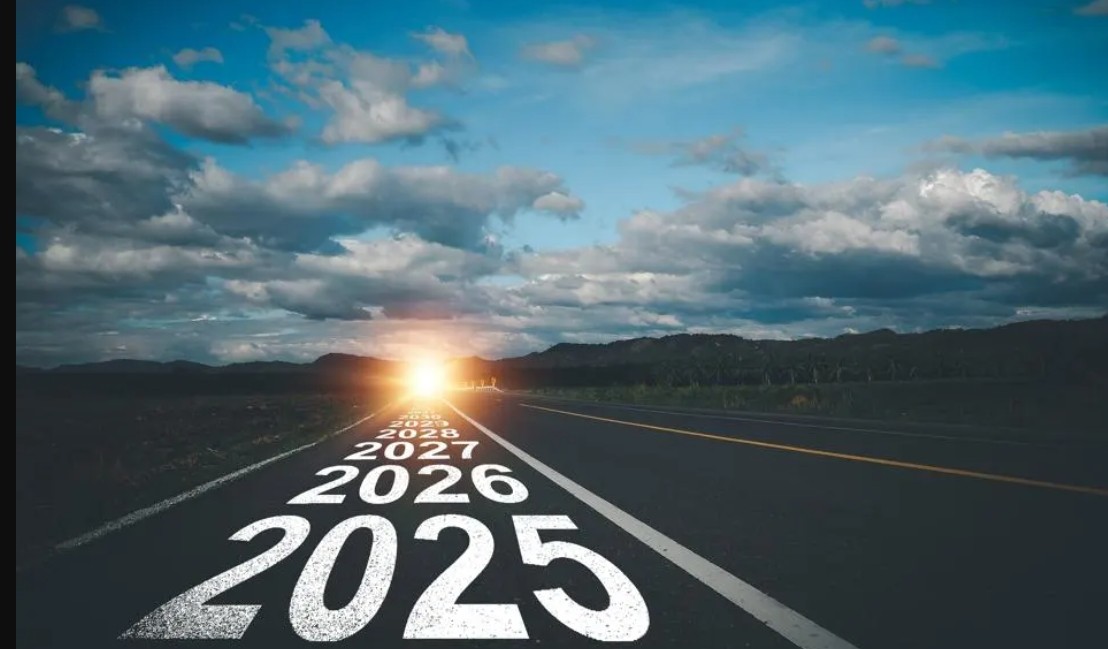Top 5 Most Powerful Women in Banking of the World
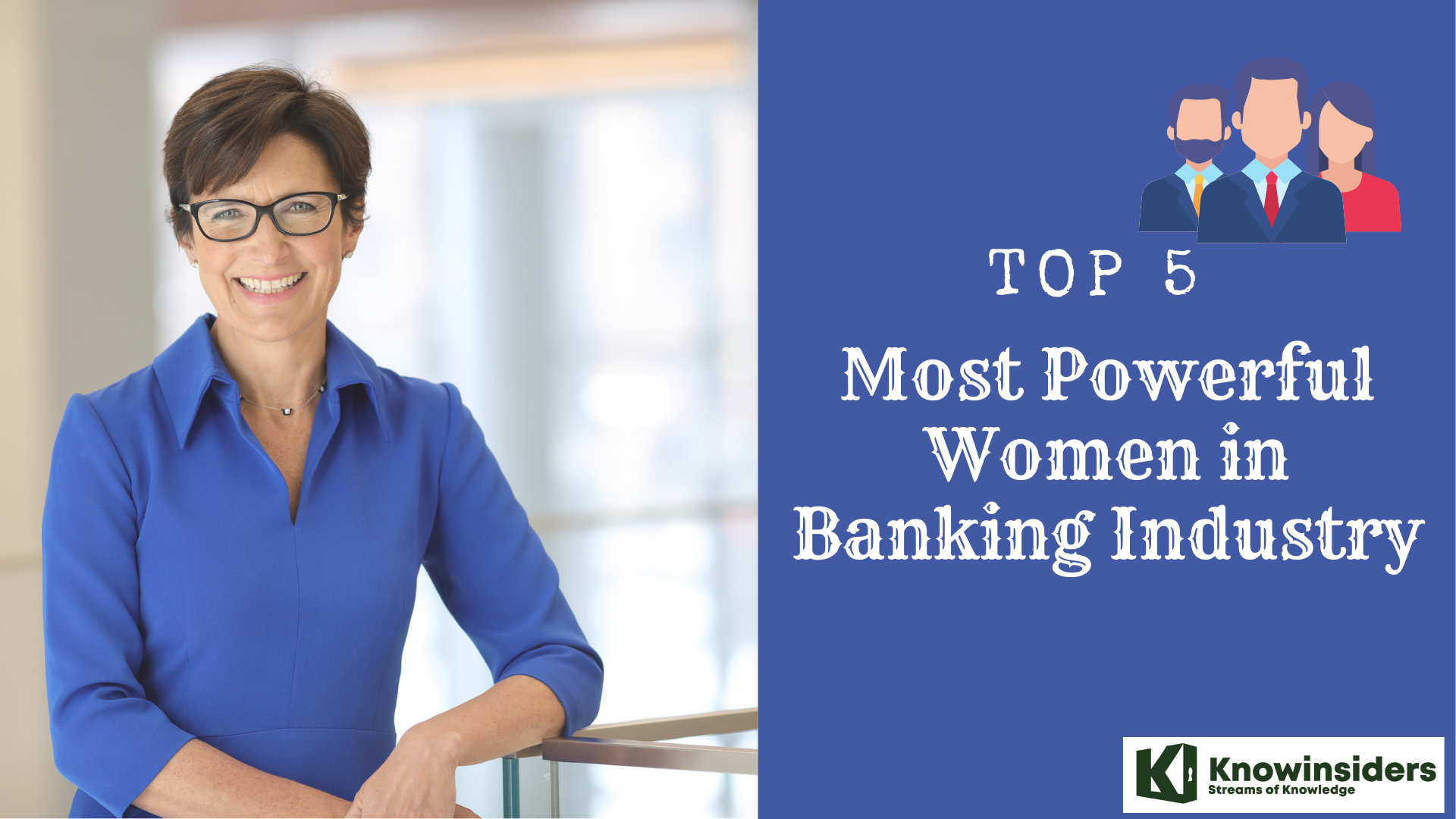 |
| Top 5 Most Powerful Women in Banking |
Women are underrepresented at all levels of the global financial system, from depositors and borrowers to bank board members and regulators.
Women on average accounted for just 40 percent of bank depositors and borrowers in 2016, according to IMF survey results published this year—the first time such data became available. Underlying these aggregate figures are large variations across regions and countries. For example, women accounted for 51 percent of borrowers in Brazil, compared with only 8 percent in Pakistan.
There are four possible reasons why a higher share of women on bank and supervisory boards may contribute to financial stability:
-- Women may be better risk managers than men;
-- Discriminatory hiring practices may mean that the few women who do make it to the top are better qualified or more experienced than their male counterparts.
-- More women on boards contributes to diversity of thought, which leads to better decisions; and
-- Institutions that tend to attract and select women in top positions may be better-managed in the first place.
Lately, Bangladesh as one of the densely-populated countries, has achieved tremendous success by narrowing down the gender inequality in workplaces. Among Asian countries, Bangladesh has earned reputation by minimising gender inequality in every sector. According to the Global Gender Gap Report released by the World Economic Forum (WEF), Bangladesh ranked 48th among 149 countries in terms of gender equity. In 2018, among South Asian countries, Bangladesh was placed first in terms of gender equality, the report said. To fulfill all criteria of Sustainable Development Goals (SDGs) by 2030 set by the UN, women's empowerment is very important.
Women's participation in commercial banks has increased to a great extent. According to the Bangladesh Bank (BB) July-December, 2018 report, female employees are now 63 per cent in private banks, 27 per cent in state-owned banks, 6.0 per cent in state-owned specialized banks and 6.0 per cent in foreign banks. Of the women, around 15,767 are in private banks, 6,843 in state-owned banks, 907 in foreign banks and 1,474 in specialised state-owned banks.
Let’s take a look at thesepowerful women in bank industry.
The List of top 5 most powerful women in banking of the world
5. Diane Reyes - Global Head of Liquidity and Cash Management
HSBC
4. Anne Finucane - Chairman of the Board, Bank of America Europe
3. Jennifer Piepszak - Co-CEO of Consumer and Community Banking, JPMorgan Chase
2. Marianne Lake - Co-CEO of Consumer and Community Banking, JPMorgan Chase
1. Jane Fraser - Chief Executive Officer, Citigroup
***
Who are the top 5 most powerful women in banking of the world?
5. Diane Reyes
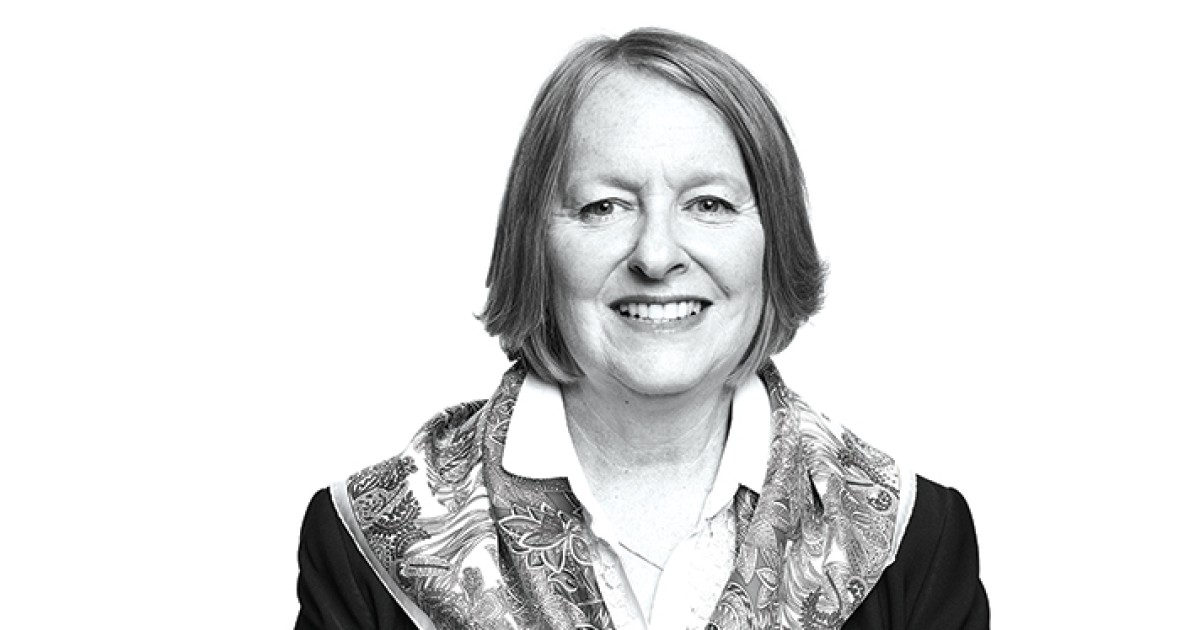 |
| Photo: American Banker |
Diane Reyes is the Group General Manager, Global Head of Payments and Cash Management at HSBC. Ms. Diane Reyes has been Global Head of Payments and Cash Management at HSBC Holdings plc since June 10, 2011 and serves as its Group General Manager. Since 2009, Ms. Reyes has been global head of payments for Global Transaction Services (GTS). She has over 30 years of experience, was previously with Citi, where she managed Sales for Treasury & Trade Services, and then became global head of GTS Power, Energy, Chemicals, Metals & Mining.
Convincing top management to boost resources is challenging for an executive, and it's a skill that Diane Reyes has mastered. "There is a time for these requests," says Reyes, who in the past year successfully lobbied HSBC to add technology investments and talent to the cash management and payments division. "If I was at the bank for six months, it may have been harder because I was learning the company's culture and values."
Reyes gets that the managers reviewing her requests are all looking to poke holes in the strategy to test its soundness and to ensure every detail has been considered. So Reyes has embraced a "toll gate" approach, in which there are regular check-ins, management input and adjustments to ensure the progress of a particular strategy. "I had to build credibility, to show we were making budget commitments each year," Reyes says.
The boost in resources was well earned. Her group's revenue grew 7% year over year, driven by new customer mandates, higher transaction volumes and growth in liability balances. "That growth is hard to find these days," Reyes said. "Many financial services organizations are going through streamlining and efficiencies. What I like is that we are growing at the same time as we are improving our operational costs."
A former Citigroup executive, Reyes was promoted to group general manager earlier this year, and since 2011 has been HSBC's global head of payments and cash management. The division manages $7.3 billion in annual revenue and more than 1 million clients.
4. Anne Finucane
 |
| Photo: The New York Times |
Anne Finucane is an American banker who is vice chair of Bank of America and chair of the board of Bank of America Europe. She leads the bank's socially responsible investing, global public policy, and environmental, social and corporate governance committee. She has worked in the banking industry since 1995, when she joined Fleet Financial, which later merged with the short-lived BankBoston to become part of Bank of America. She serves on the boards of several organizations. She lives in Lincoln, Massachusetts.
Finucane entered the banking industry when she joined Fleet Financial in 1995, serving as head of corporate affairs and marketing. She worked to improve the bank's reputation following a subprime lending crisis, and helped in company acquisitions. Fleet Financial later merged with BankBoston, then Bank of America. Finucane became FleetBoston Financial's executive vice president for corporate marketing and communications. She was Bank of America's global chief strategy and marketing officer after the financial crisis of 2007–2008 when the bank lost 55% of its value, "symboliz[ing] all that was wrong" with US banks.
She became the company's vice chair in 2015. Finucane co-chairs the company’s sustainable markets committee, chairs the environmental, social and corporate governance committee, leads customer analytics, global marketing, and public policy strategies, and chairs the Bank of American Charitable Foundation. According to American Banker, she works with the White House and the World Economic Forum.
In mid-2017, Finucane was reportedly considered for Uber's vacant chief executive officer position, following the resignation of Travis Kalanick. In September 2017, she led the Bank of America's European bank board.
 Top 10 Best Saving Accounts and Rates in the U.S for October 2022 Top 10 Best Saving Accounts and Rates in the U.S for October 2022 Which bank in USA gives highest interest on saving accounts & rates. We ranked the top 10 US banks with the best savings account interest ... |
3. Jennifer Piepszak
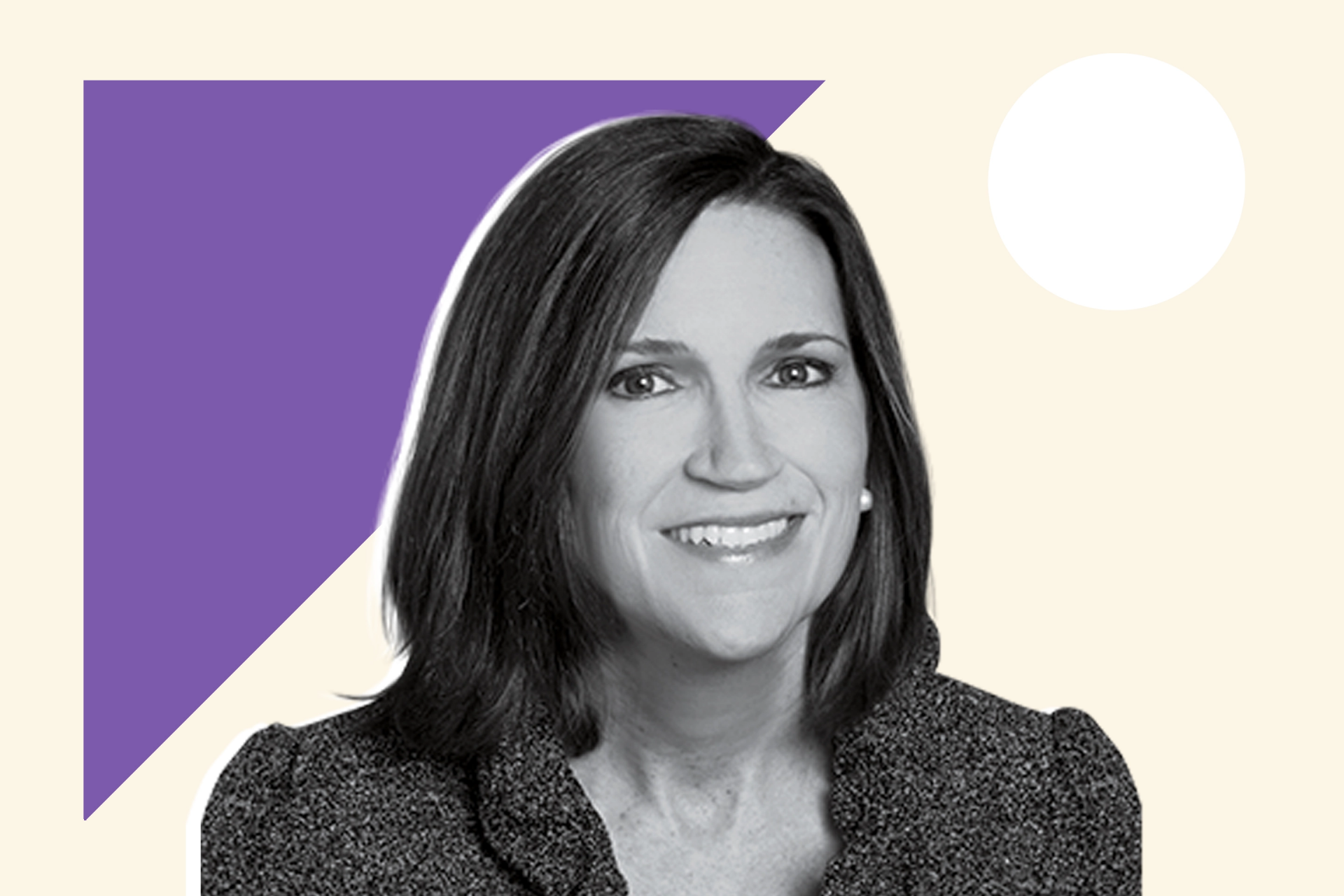 |
| Photo: Fortune |
Jennifer Piepszak is an American financial executive and has been the Chief Financial Officer (CFO) of JPMorgan Chase since May 1, 2019. Her appointment was announced on April 17, 2019. She succeeded Marianne Lake, who was the CFO since 2012. Barron's named Piepszak one of the 100 Most Influential Women in U.S. Finance. Crain's New York named Piepszak the No. 2 Most Powerful Women in New York in 2019. American Banker named Piepszak the No. 4 Woman to Watch in 2018.
Piepszak joined JPMorgan Chase in 1994 and has held various roles in the firm's investment banking and consumer banking divisions, including CFO of mortgage banking, CFO of investment bank credit portfolio, controller of retail financial services, and controller of global equities and prime services.
From 2017 to 2019, Piepszak was the Chief Executive Officer (CEO) of JPMorgan's Chase Bank Card Services division, covering small business, consumer and commercial card businesses. Prior to that, she was the CEO of Business Banking from 2014 to 2017.
Piepszak succeeded Marianne Lake as the CFO of JPMorgan Chase & Co. in 2019.
The Wall Street Journal speculated that Piepszak may be in line to succeed Jamie Dimon as CEO of JPMorgan Chase.
2. Marianne Lake
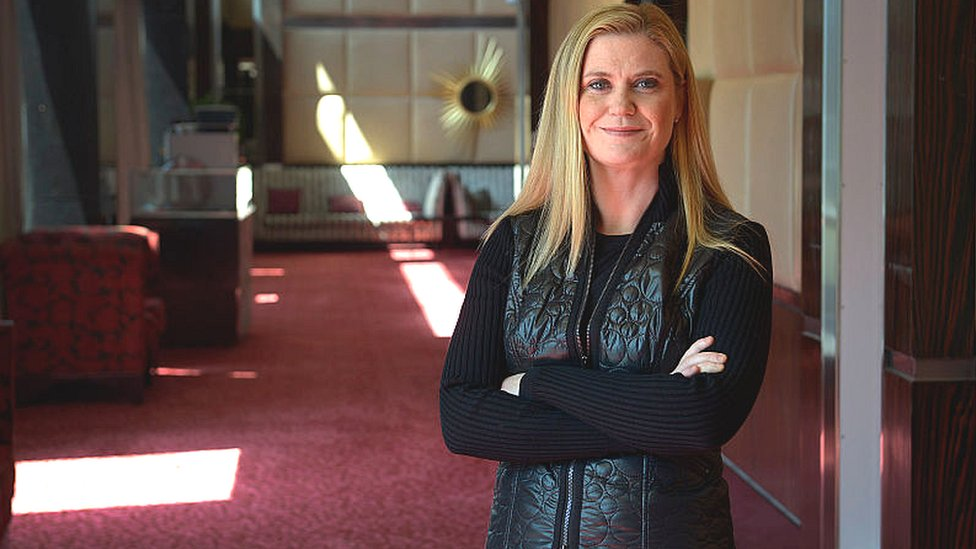 |
| Photo: BBC |
Marianne Lake is the former chief financial officer of the bank JPMorgan Chase. She was appointed on 20 November 2012, replacing Douglas Braunstein. Blythe Masters and Lou Rauchenberger were also considered for the role. She is a Chartered Accountant from Institute of Chartered Accountants in England and Wales and did her bachelor's degree in physics from the University of Reading in United Kingdom.
Lake has been the chief executive officer of consumer lending at JPMorgan Chase since May 2019.
Lake has emphasized the company's role as a technological innovator.
Lake has been straightforward about the competitive landscape in which JPMorgan operates and the fact that the company still has work to do as it competes with fintech firms and other nonbanks. At a recent industry conference, she said the bank looks to “build or partner or buy anything that can meaningfully accelerate” its ability to provide the best products and services to customers.
“We want to be the bank for everyone, the bank for all Americans,” she said at the conference. “[That] means we need to have products and services and solutions that are suitable for all customer segments and if we have gaps we need to fill them, and we're working on it.”
Her breadth of experience puts Lake in the category of CEO contenders when current Chairman and CEO Jamie Dimon retires. When asked about her CEO aspirations, she points out that she is and already has been a chief executive of major business lines.
“I treat everything like I’m the CEO of it,” she said. “I think I can have my cake and eat it right now.”
1. Jane Fraser - Chief Executive Officer, Citigroup
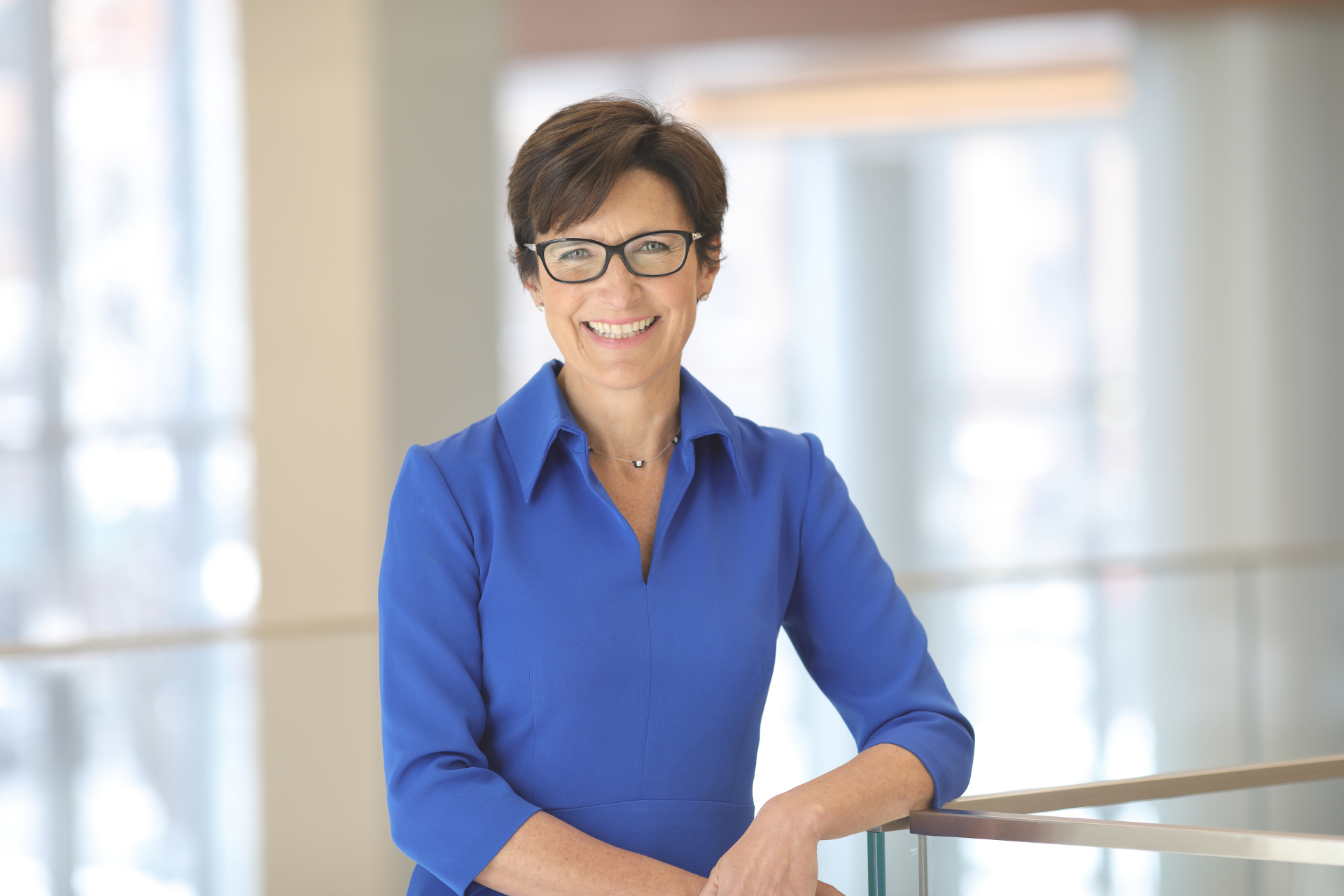 |
| Photo: Citi |
Jane Fraser is the Chief Executive Officer of Citi, the world's most global bank, serving millions of consumers, businesses and institutions across 160 countries and jurisdictions. She is the first female CEO in the firm’s history.
Jane has deep experience across Citi’s consumer and institutional businesses and, in many ways, she helped shape Citi into the company it is today. Before becoming CEO in February 2021, she was President of Citi and CEO of the Global Consumer Bank, responsible for all of Citi’s Consumer businesses, including Retail Banking and Wealth Management, Credit Cards, Mortgage and Operations and Technology in 19 markets.
Before that, she was the Chief Executive Officer of Citigroup Latin America from 2015 to 2019. From 2013 to 2015, she was the Chief Executive Officer of the U.S. Consumer and Commercial Banking and CitiMortgage. From 2009 to 2013, Jane served as the Chief Executive Officer of Citi's Global Private Bank. Prior, Jane was the Global Head of Strategy and Mergers & Acquisitions for Citi from 2007 to 2009. She joined Citi in 2004 in the Corporate and Investment Banking division.
Before joining Citi, Jane was a Partner at McKinsey & Company. She started her career at Goldman Sachs in the Mergers & Acquisitions department in London and then worked for Asesores Bursátiles in Madrid, Spain.
She is Vice Chair for Partnership for New York City and a member of the Harvard Business School’s Board of Dean’s Advisors, the Stanford Global Advisory Board, the Economic Club of New York and the Council on Foreign Relations. Jane has an M.B.A. from Harvard Business School and an M.A. in economics from Cambridge University. She is married with two children.
 Top 10 Most Powerful Women In Business Of The World Today Top 10 Most Powerful Women In Business Of The World Today Who are the most powerful women in business of the world for 2021/2022? Check out our top 10. |
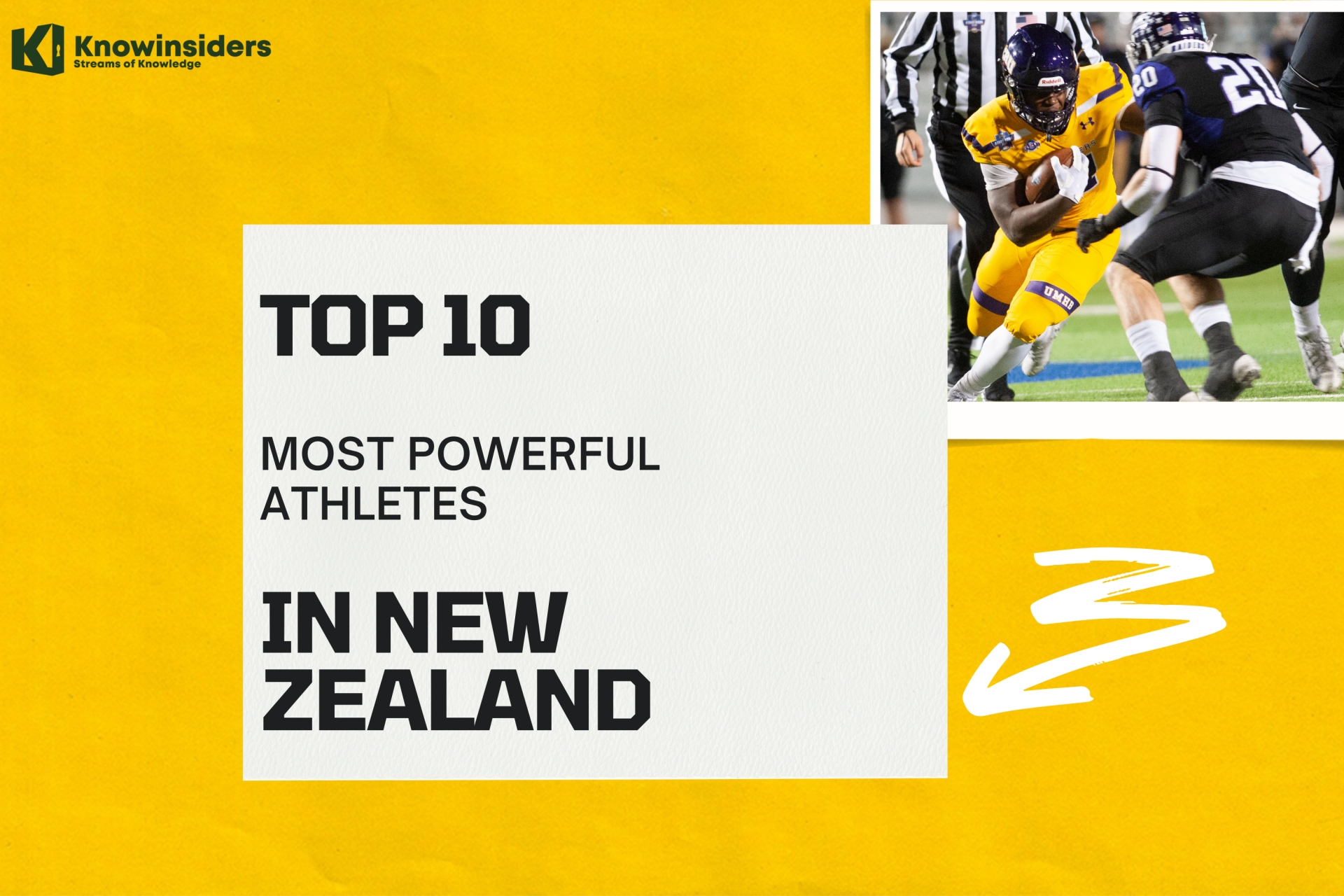 Top 10 Most Powerful Athletes In New Zealand Today Top 10 Most Powerful Athletes In New Zealand Today New Zealand is famous for excellent athletes. Take a look at top 10 most power athletes in New Zealand. |
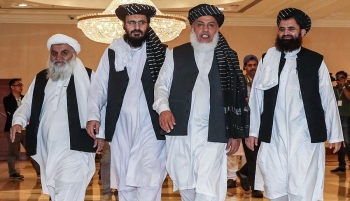 Top 6 Most Powerful Taliban Leaders Today Top 6 Most Powerful Taliban Leaders Today Last time the Taliban seized power in Afghanistan - in 1996, but circumstances are different today. Who are the most powerful Taliban leaders? |

